 Kevin Laliberté:
Kevin Laliberté:
Jazz Harmonies With No Limits
by Susan Frances
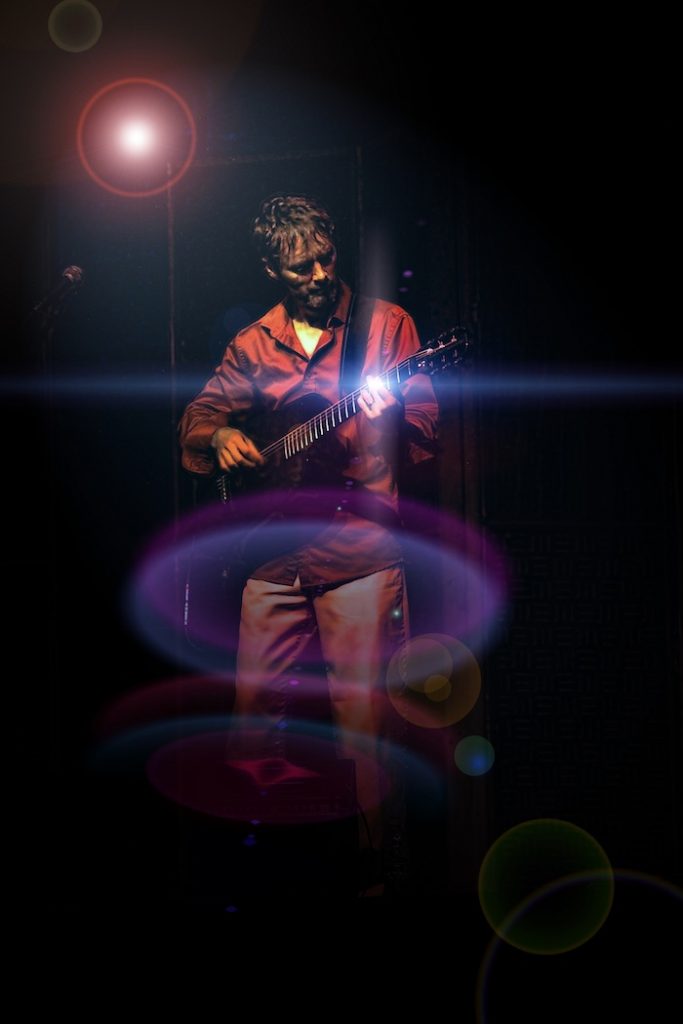 Canadian born and bred guitarist, vocalist, and composer Kevin Laliberté is known for his solo work in addition to being a sideman and producer for other recording artists. Fondly, he is known for being the co-founder of the Sultans of String, partnering with the quintet’s founder and violinist Chris McKhool in 2007. Rounding out the five piece band is guitarist and vocalist Eddie Paton, bassist and vocalist Drew Birston, and percussionist and vocalist Rosendo Chendy León.
Canadian born and bred guitarist, vocalist, and composer Kevin Laliberté is known for his solo work in addition to being a sideman and producer for other recording artists. Fondly, he is known for being the co-founder of the Sultans of String, partnering with the quintet’s founder and violinist Chris McKhool in 2007. Rounding out the five piece band is guitarist and vocalist Eddie Paton, bassist and vocalist Drew Birston, and percussionist and vocalist Rosendo Chendy León.
When discussing his bandmates, Laliberté proclaims, “We’re all good friends, and we truly have the most fun playing music together. And we invite the audience into that fun and interaction. One of the consistent comments I hear from audience members is that we all seem to be having so much fun. It’s genuine, and the audience can feel that.”
He expresses in an introspective tone, “Many years ago, long before the Sultans, I used to think that the audience wanted to hear something complicated and impressive. Pretty quickly though,” he determined, “I learned that people just want to have a good time. And a major component of the audience having a good time is seeing that the band is having a good time. Obviously, the music has to be well performed but that’s not always enough on its own. From the very beginning with this band, we’ve always interacted heavily on stage.”
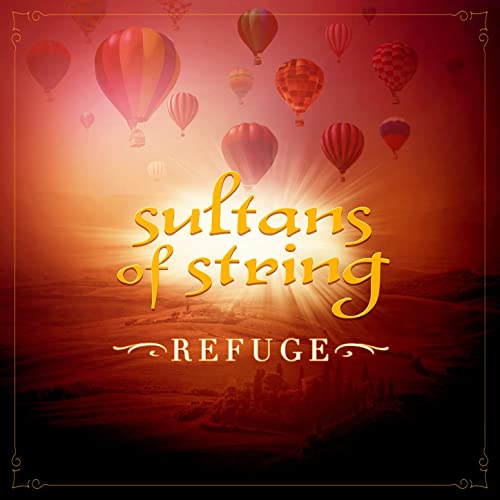 The dynamic interaction, which Laliberté discovered while performing with the Sultans of String, has resulted in the release of their seventh and latest album . The recording features some 30 guest musicians including Béla Fleck, Robi Botos, Ifrah Mansour, Demetrios Petsalakis, Imad Al Taha, Amir Amiri, Sammy Figueroa, Yasmin Levy, Twin Flames, and many others. The songs on Refuge showcase the extraordinary stories and magnetic talent of these handful of new immigrants and refugees to the US and Canada.
The dynamic interaction, which Laliberté discovered while performing with the Sultans of String, has resulted in the release of their seventh and latest album . The recording features some 30 guest musicians including Béla Fleck, Robi Botos, Ifrah Mansour, Demetrios Petsalakis, Imad Al Taha, Amir Amiri, Sammy Figueroa, Yasmin Levy, Twin Flames, and many others. The songs on Refuge showcase the extraordinary stories and magnetic talent of these handful of new immigrants and refugees to the US and Canada.
In essence, the quintet performs for these special guests like on the track “Asi Soy,” featuring singer Yasmin Levy. Laliberté describes how he created his part on the track, “Like most of my guitar parts, the guitar for ‘Asi Soy’ started with simply outlining the chord changes. It then becomes a process of reworking, looking for just the right voicing, or just the right rhythm, or just the right way of connecting one bar to the next with the goal being to support and lift the soloist, in this case the vocalist. So they have maximum inspiration, freedom of expression, and an unquestionable feeling of musical safety and support. It is my greatest joy as a musician to feel the soloist or vocalist soar freely because of the solid cushion I’m helping provide for them. The great thing about the Sultans rhythm section is we all share that same ego-less sense that our job first and foremost is to support. It’s a beautiful thing.”
One quality that has proven to be Laliberté’s guide along his musical journey is his sense of knowing when something is a beautiful thing whether he senses it in a song or with a musical partner. His sense of a beautiful thing is what led him to partner with the Sultans of String’s founding member Chris McKhool.
“Chris and I met on a jobbing gig almost 20 years ago,” he recalls. “We hit it off musically and started doing some local restaurant and pub gigs. I turned him on to the amazing guitar-violin duo Willie and Lobo, who I was a big fan of. In the early days, we sort of modeled what we did after their sound and approach, but quickly began incorporating more diverse sounds and influences. As we crafted more and more original music, it became clear that what we were doing had great potential to grow and appeal to a diverse audience.”
He declares, “Chris is not only a great musician but also a very organized and visionary bandleader and not afraid to think big. His commitment to the project has enabled it to grow into what it is today with multiple award winning albums and a growing international audience.”
Laliberté’s sense of beauty extends beyond his material with the Sultans of String. He also relies on his sense of beauty when working with singer Amanda Martinez. He tells how his work with the Sultans of String relates to his work with Martinez.
“Stylistically,” he explains, “there’s overlap between what I do with Sultans and what I do with Amanda, but also some difference. Sultans music tends to be more on the high energy side, with lots going on. With Amanda, we take a more open, relaxed, sparse and intimate kind of approach to the arrangements.”
He shares proudly, “I am also especially excited to have had the opportunity to produce, and mix, Amanda’s latest album LIBRE. I’ve been expanding more into the mixing and production world of late and enjoying making music with a variety of interesting artists.”
Another interesting artist whom Laliberté has worked with is flamenco guitarist Roger Scannura. He recounts, “I met Roger at a corporate event we were both playing at separately. I was just starting to get interested in flamenco and we both liked what the other played so we started playing together. To me it was liberating.
“Up to that point,” he reflects, “I had been developing my jazz chops, exploring ever more complex harmonic and rhythmic ideas, trying to be an interesting player. With Roger, the music we played was, in a way, much simpler, harmonically at least, and more about keeping a driving rhythm going that makes people move and engage. It was here that I really learned that playing something simple and relatable, with solid rhythm and with joy, was way more enjoyable for both the player, and especially, for the audience. I was able to stop thinking and just play what felt good.”
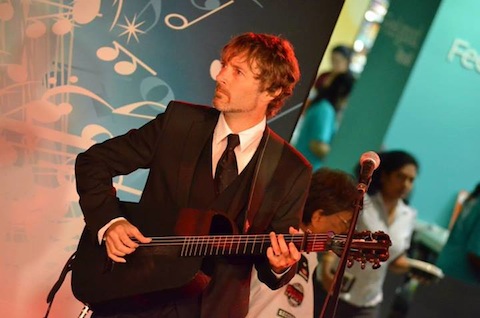 The inclination to play what feels good is one trait that sets jazz apart from many other music genres. Laliberté illustrates what drew him towards jazz, “My attraction to jazz was twofold. First, I was drawn to the sounds, the harmonic complexities, the rhythmic complexities.”
The inclination to play what feels good is one trait that sets jazz apart from many other music genres. Laliberté illustrates what drew him towards jazz, “My attraction to jazz was twofold. First, I was drawn to the sounds, the harmonic complexities, the rhythmic complexities.”
“Second,” he enumerates, “the importance of improvisation spoke to me. I’d always been a player that preferred to make it up as I go, and so jazz was the perfect match, where listening, responding, supporting are paramount within an improvisatory framework. It’s a conversation among friends, with multiple story threads, non-linear story telling, inside jokes and moments of feeling part of a whole that’s greater than the sum of its parts.”
Laliberté’s biography on his website (found at http://www.kevinlaliberte.com) provides insight into his upbringing “in an environment filled with music.” The bio tells, “His mother played accordion and taught at the Ontario Conservatory… His grandfather Denis Laliberté, a self-taught musician who appeared on radio broadcasts in the Windsor, Ontario area in the 1930’s and 1940’s,” bought Laliberté a vintage S.S. Stewart Wondertone tenor banjo to play. “The banjo eventually led him to the guitar, and soon his grandmother Idella Andrews bought him his first electric guitar.”
Through high school, he played in rock bands. Then in 1985, he discovered jazz harmony that took him on a path, which led him to his current projects.
“I’m not sure that playing jazz or rock or folk or pop is different for me,” he admits. “In all cases, the challenges are similar: play the right thing, at the right time, with the right sound to support best what is happening in the moment.”
“To me, as a developing young musician,” he ascertains, “jazz just seemed like the next step towards improving as a player, and broadening my musical knowledge and tools for expression. The Pat Metheny album Rejoicing with Billy Higgins on drums and Charlie Haden on bass was a turning point for me. I just loved the sounds but had no idea what they were. And I knew I had to study how to make those sounds. That began a lifetime of harmonic study that continues to this day.”
He remembers during his early studies, “I’ve always made up little melodies from the first time I sat at my grandparents piano at the age of around 3 or 4. It just seems to come naturally. It’s fun, like exploring. I’ve almost always got some sort of riff or melodic fragment bouncing around in my head.”
“I’ve always enjoyed writing original material,” he recollects, “both on my own, and with other players or singers. Once I experienced the thrill of hearing the first song I wrote and recorded on a beat up old reel-to-reel machine I was hooked. Writing is an interesting combination of inspiration, being open, applying craft, following instinct and knowing when to stop. And every writing situation has those elements in different proportion, so it’s always new and exciting.”
Personalizing the music is a part of his nature. “As far as developing a signature sound,” he deems, “I’m not sure I’m there yet, although I’m in constant pursuit of it. To me, the sound of a particular musician is a combination of all the players and styles that influenced that musician, filtered and processed through that musician’s life experience and personality.”
 “As I studied various players over the years,” he ruminates, “too many to name, I would take the parts of their playing that resonated most with me, and incorporate them into my playing. So you might hear elements of Pat Metheny, Ed Bickert, Lorne Lofsky, John Scofield, Mike Stern, John Abercrombie, Dexter Gordon, Charlie Parker, Bill Evans, Paco de Lucia and countless others.”
“As I studied various players over the years,” he ruminates, “too many to name, I would take the parts of their playing that resonated most with me, and incorporate them into my playing. So you might hear elements of Pat Metheny, Ed Bickert, Lorne Lofsky, John Scofield, Mike Stern, John Abercrombie, Dexter Gordon, Charlie Parker, Bill Evans, Paco de Lucia and countless others.”
The developments he had made as a guitarist and composer spurred him to go out as a solo artist. He points out, “I’ve actually recorded 4 solo albums, Elation, Siesta, Sundance and ONE.”
“Prior to recording my first album Elation,” he asserts, “I had recorded on a bunch of other people’s albums, and one day I thought, ‘wait a minute, maybe I can actually make my own album.’ It was a realization that I actually had the ability, and access to the tools, to record my own music. I rented an 8 track digital hard disk recorder, a decent mic, and went to town.”
He examines, “I suppose the goal with all of my albums has simply been to document where I’m at in terms of songwriting, playing, and more recently, engineering and producing, and to hopefully produce a body of work that people enjoy and relate to.”
“I’ve had some nice feedback over the years,” he attests, “from people for whom my music has meaning, and that’s very satisfying. Some people have contacted me to say how my music helped them through a difficult time, and that is very gratifying to know that something I created has maybe improved someone’s life in some way.”
Laliberté continues to practice and expand his talent for making jazz-inspired harmonies by rendering his services to songwriters in need of a guitar track. He enthuses, “Recording and mixing technology has progressed so far that anyone with a computer, some software, a good mic, and loads of patience and dedication can make a record.”
“And the beauty of digital technology,” he highlights, “is that you can send audio files over the internet. A singer-songwriter in Boston, say, can send me tracks and I can record my guitar tracks and send them back. So the musicians on a recording can be in different countries but it can all still work together beautifully.”
He adds, “Obviously, there’s still great value in doing it the traditional way in a big studio where everyone plays together. But not everyone has that kind of budget so it’s nice that technology has leveled the playing field somewhat and anybody with the desire can make a record.”
“So over the years,” he chronicles, “I’ve had people send me different types of songs, from folk to flamenco, and with some clear communication about what they want. It’s super easy for me to deliver outstanding guitar tracks for their project. It really is incredibly easy, and a lot of fun.”
“In fact,” he reports, “I’m currently producing a record for an artist that’s being made entirely in isolation during this pandemic, with each musician recording their parts at home and sending them to me. I then compile everything and mix it. The results are amazing.”
He furnishes, “People can contact me from my website if they’re interested in learning more.”
Laliberté’s musical interests go beyond his own projects as he professes, “My musical interests are all over the map. I listen to everything from jazz to classical to world music to progressive metal to choral music to bluegrass to classic rock. There’s amazing music in all styles.”
“Currently,” he supplies, “one of my favourites is Canadian prog-metal icon Devin Townsend. He has this incredible knack for combining heavy with melodic in a way that appeals deeply to me. There’s also a lot of subtle humour in his music, even though it’s very serious and irresistibly driving and sometimes thunderously heavy.”
“I’ve also been checking out Allan Holdsworth lately for some inspiration on unusual chord voicing,” he reveals, “and different approaches to harmony. Most of the time, I have no idea what he’s doing, which actually rekindles my early enjoyment of music before I understood anything about how music works. With his music I’m an absolute beginner again, and there’s joy in the mystery. And there’s even more joy when I crack a little bit of the code and gain some new insight on harmony from studying his music.”
He stipulates, “I love the fact that almost 50 years into my journey as a musician, I’m just as excited about learning as I was when I first started.”
Jazz harmony has no limits for Kevin Laliberté, always finding more beautiful things about them. Fondly known for his work with the Sultans of String, Laliberté sees beyond the quintet and continues to venture into new projects. A consummate musician and artist, Kevin Laliberté’s secret is to keep learning from others and to keep developing.
About Susan Frances:
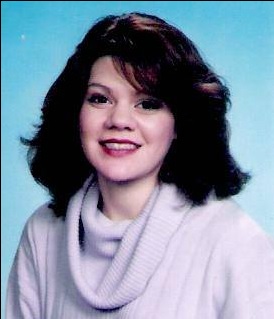 Born in Brooklyn, New York and raised in eastern Long Island, I always enjoyed writing and made several contributions to my high school literary magazine, The Lion’s Pen. Influenced by writers of epic novels including Colleen McCullough and James Clavell, I gravitated to creative writing. After graduating from New York University with a BA in Liberal Arts, I tried my hand at conventional jobs but always returned to creative writing. Since 1998, I have been a freelance writer and have over three thousand articles to various e-zines including: Jazz Times, Blogcritics, Yahoo Voices, Goodreads.com, Authors and Books (books.wiseto.com), TheReadingRoom.com, Amazon.com, Epinions.com, Fictiondb.com, LibraryThing.com, BTS emag, BarnesandNoble.com, RomanticHistoricalReviews.com, AReCafe.com, Hybrid Magazine, and BookDepository.com. In 2013 and 2014, I was a judge in the Orange Rose Writing Competition sponsored by the Orange County chapter of the Romance Writers of America located in Brea, California.
Born in Brooklyn, New York and raised in eastern Long Island, I always enjoyed writing and made several contributions to my high school literary magazine, The Lion’s Pen. Influenced by writers of epic novels including Colleen McCullough and James Clavell, I gravitated to creative writing. After graduating from New York University with a BA in Liberal Arts, I tried my hand at conventional jobs but always returned to creative writing. Since 1998, I have been a freelance writer and have over three thousand articles to various e-zines including: Jazz Times, Blogcritics, Yahoo Voices, Goodreads.com, Authors and Books (books.wiseto.com), TheReadingRoom.com, Amazon.com, Epinions.com, Fictiondb.com, LibraryThing.com, BTS emag, BarnesandNoble.com, RomanticHistoricalReviews.com, AReCafe.com, Hybrid Magazine, and BookDepository.com. In 2013 and 2014, I was a judge in the Orange Rose Writing Competition sponsored by the Orange County chapter of the Romance Writers of America located in Brea, California.


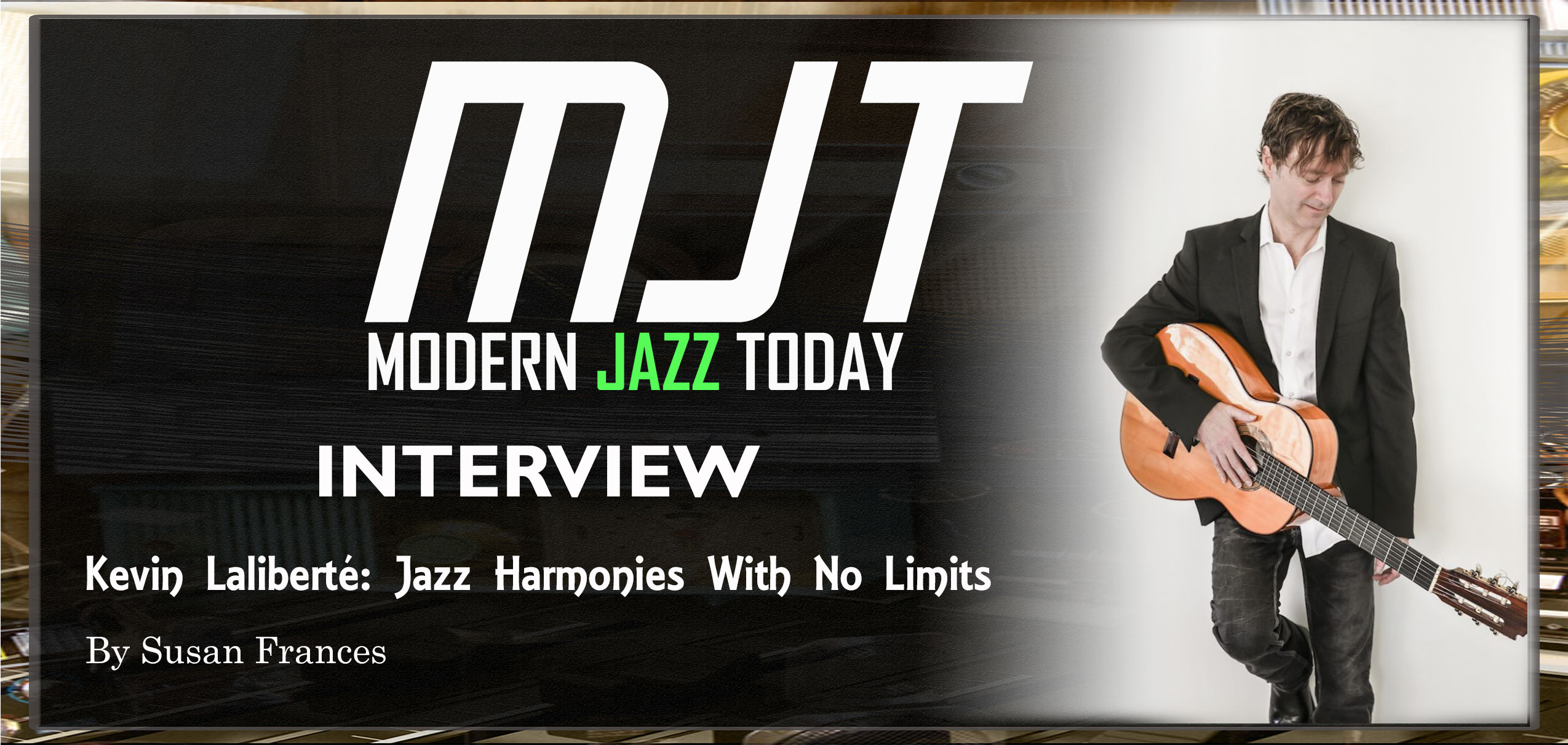


No Comments